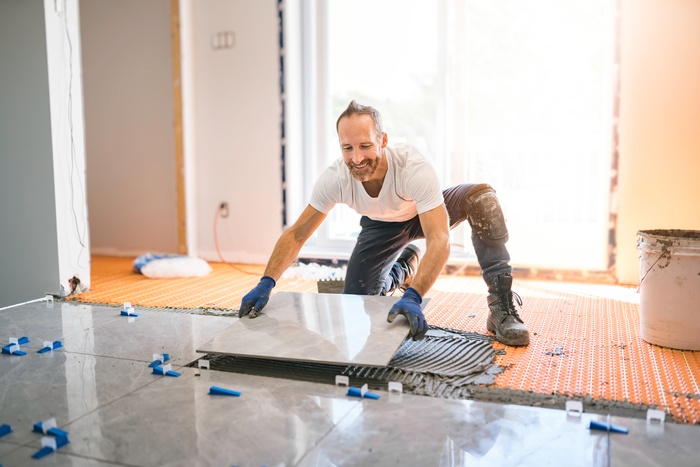Renovating floors brings excitement and fresh energy into a space, but surprises often hide beneath every plank or tile. Homeowners who prepare for more than color and texture usually avoid the headaches that follow rushed or under-informed decisions. With the right insight, you can walk into a flooring project with clarity, not regret.
Budgeting Beyond Materials
Sticker prices rarely reveal the full story behind flooring costs. Homeowners often calculate square footage, check online prices, and expect totals to stay predictable, but every room introduces complications. A single misstep—like ignoring disposal fees or underlayment needs—adds hundreds to a project that once felt straightforward.
Contractors may also discover issues during demolition that delay timelines and inflate costs. Old adhesives, damaged subfloors, or water stains beneath baseboards complicate what seemed like a basic install. One of the most important things to know before renovating your floors is that preparation and wiggle room in your budget can prevent unnecessary stress.
Bathroom Flooring Is Different
Moisture doesn’t just affect durability—it influences every layer of your flooring plan. While solid hardwood offers beauty in a bedroom, it warps quickly when trapped steam settles into a bathroom. Tile and stone work well, but vinyl is often the perfect choice for bathrooms.
Vinyl plank flooring withstands daily humidity swings and provides easy cleanup without sacrificing visual appeal. Business owners selecting surfaces for busy bathrooms often lean toward vinyl flooring as a practical solution with long-term value. Bathroom floors carry different demands, so you may not want the same material as the rest of your home.
Subfloors Need Attention Too
Surface-level upgrades can’t mask deep foundational issues. Uneven tile, soft laminate seams, or noisy creaks often come from neglected subfloors that never supported the renovation properly. Age, water damage, or previous installation mistakes create weak spots that need correction before any new layer goes down.
Professionals always check subfloor condition before moving forward, and smart homeowners do the same. One critical factor to know before renovating your floors is whether your base can support the new material without sagging or shifting later. Subfloors hold the entire system together, even if no one ever sees them.
Timing Your Project Wisely
Renovation season matters more than most people realize. Summer humidity expands boards and delays cure times, while winter dryness causes gaps and adhesive issues. Planning your flooring install around seasonal shifts can protect both the material and your investment.
Families also benefit from choosing calm weeks without visitors or big events. Children heading off to college create enough change, and adding renovation chaos during that same month only multiplies stress. Select a time when rooms can breathe, furniture can shift, and no one needs to rush the process.
Smart renovations never start with style—they begin with structure, purpose, and timing. You can protect your home and your wallet by knowing what hides under the surface and what changes with the room. Choose materials with care, ask better questions, and step confidently into your renovation with clarity, not chaos.






